Food-IAP: Establishment of the Upper Tana Nairobi Water Fund (UTNWF)
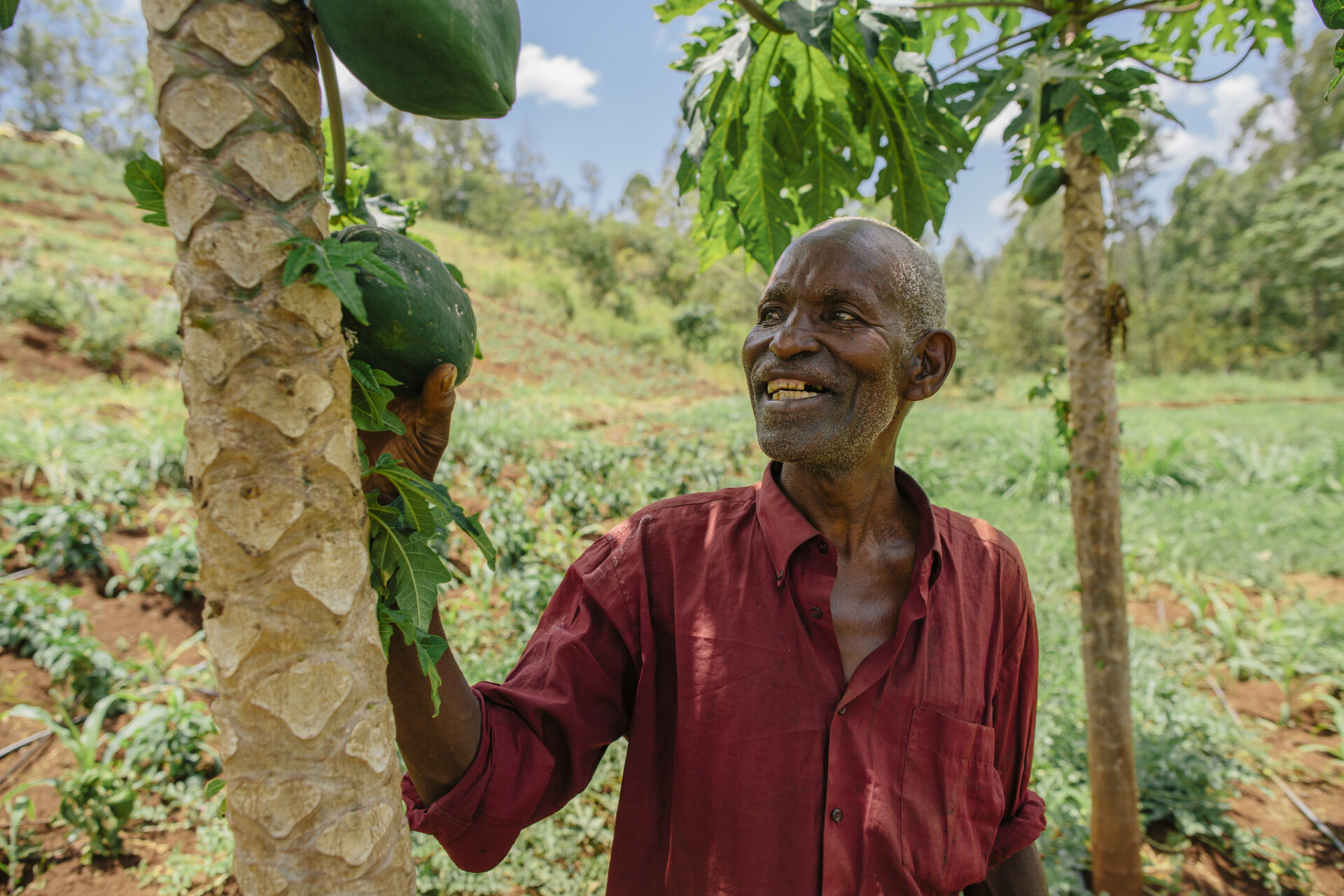
Summary
The Upper Tana-Nairobi Water Fund (UTNWF) created in 2015, is a financial mechanism that aims to protect and restore the quality and supply of water in the one of the most productive and economically important regions in Kenya. It represents the first water fund created in Africa.
Originating in the Aberdare Mountains and Mount Kenya, the Tana River is a crucial water source that provides 95% of the water needed by millions of people residing in both the city of Nairobi and the catchment area, and supplies half of the country’s electricity demand. However, since the 1970s, unsustainable agricultural practices and abstraction have had a negative impact on both the quality and quantity of water available in the river, which has become increasingly polluted and depleted. This, along with the added pressures of climate change, population and economic growth, is threatening the resilience of the watershed and impacting the livelihoods of people who depend on this important source.
The Nairobi Water Fund thus aims to help restore, conserve and protect the Tana River by financing water and soil conservation actions at the upstream area, based on the idea that undertaking prevention actions at the upstream level is cheaper than addressing problems downstream. The fund brings together major private and public consumers, who play the role of investors, and creates links with non-urban communities, which are provided with training and incentives to support soil conservation measures.
Project components:
- Component 1: Water Fund Management Platform institutionalised.
- Component 2: Improved Upper Tana catchment ecosystems that support livelihoods, food security and economic development.
- Component 3: Robust knowledge management and learning systems implemented to direct UTNWF management and share lessons both nationally and regionally.
Overview
- Location:
- Implementation sites:
-
- Single country
- Single location
- Mountain region:
-
Aberdare range, Mount Kenya
- Province:
-
- Upper Tana River basin
- Site locations:
-
Muranga, Nyeri and Nyandarua counties
- Solution scale:
- Ecosystem type(s):
- Solution type(s):
- Sector(s):
- Climate impact(s) addressed:
- Other climate impact(s) addressed:
-
- Erosion, changes in rainfall
- Climate impact time-scale(s):
- Main benefit associated with the solution:
- Co-benefit(s) associated with the solution implementation:
- Implementation timeline:
-
- 2016 - 2021
Solution details
Main beneficiaries & outcomes
The project has benefited individual households, institutions (e.g. schools), and the general community from the farm, micro-catchments to watershed levels. Through the different components and outputs, in the Muranga, Nyeri and Nyandarua counties, some 38,923 local farmers have benefited from economic, technical and knowledge support to implement soil conservation, water saving and other risk and resource management practices on their lands, and have seen their overall agricultural production increase. In addition, some 8,500 coffee farmers have achieved Rainforest Alliance certification for conservation measures. Throughout the duration of the project, a gender-inclusive and pro-poor strategy has been employed, ensuring the active participation of women and disadvantaged populations, and ensuring these groups benefit from the project’s support. The same applies to youth and the elderly (over 60 years of age). More than 15,027 women farmers have adopted climate-smart technologies.
Other benefits include improved water quality, quantity and access in downstream areas, as well as reduced sedimentation, with World Health Organization turbidity standards achieved for the first time in July-September 2016.
Planning and implementation
The UTNWF is one of 12 national projects established under the Food Security Integrated Approach Program (FSIAP), which aims to inform approaches to food security in the drylands of sub-Saharan Africa to achieve win-win solutions between food production and maintenance of ecosystem services against expected climate impacts. It is led by the International Fund for Agricultural Development, and executed by The Nature Conservancy (TNC) in conjunction with several implementation partners, including the Ministry of Environment and Natural Resources (MENR), representing the Government of Kenya, National Museums of Kenya, Water Resources Management Authority and Kenya Forest Services.
Prior to project implementation, the completion of a key case study helped in analysing the economic viability of the fund and the potential benefits of conservation interventions through state-of-the art planning and watershed modelling tools. After identifying vulnerable farmlands, the project worked with thousands of farmers who committed to implement soil and water saving methods and sediment and pollutant reduction techniques. They received training and resources to improve their necessary skills.
The Water Fund organizational structure has been registered as a Trust under the Kenyan law, with charitable character and governed by a Board of Trustees.
Finance
This solution was financed by the Global Environmental Facility (GEF) as follows.
|
Project Preparation Grant Amount |
137,615 USD |
|
GEF Project Grant |
7,201,835 USD |
|
Co-financing Total |
61,050,330 USD |
|
GEF Agency Fees |
648,165 USD |
|
Total Cost |
68,389,779.80 USD |
Economic feasibility was corroborated by a cost-benefit analysis with a time horizon of 30 years and considering an investment of US$10 million to be disbursed at a rate of US$1 million per year for 10 years.
The Water Fund in which the project consists, was founded on a solid Endowment Fund provided by both GEF contributions and other contributions from committed private sector users and donors in the downstream part of the river. According to the most recent Implementation report, by June 2021, the private sector had already provided over USD 5 million, and the public sector over USD20 million to finance project activities.
Innovation
One of the innovative aspects of the project was the use of technology to support actions and decisions. For example, satellite imagery was used to monitor water quality in large bodies of water, and at the Thika Dam it allowed the examination of turbidity and chlorophyll levels in the water. Also, with the support of The Nature Conservancy, modelling of sediment yields was carried out using computational algorithms. Furthermore, with the emergence of the Covid-19 pandemic, the development and use of a cell phone SMS platform facilitated further field activities, including demand creation for conservation materials, coordination of distribution, target surveys, as well as continued engagement and transmission of outreach messages and other advisories to farmers despite health constraints and circumstances.
The project also promoted the use of innovative techniques and technologies by participants, such as water ponds, drip kits, and planting of fruit trees and high-value fodder crops, serving as a strategy to improve water quantity and water use efficiency.
Performance evaluation
For the assessment of the project’s overall performance, a mid-term evaluation was conducted in August 2019, while a final evaluation is planned for March 2022. In addition, a number of reporting tools are also being used, such as annual progress reports, project implementation reports, procurement plans, an annual work plan and budget, and three supervision mission reports.
The latest available Project Implementation Report, covering the period July 1, 2020 – June 30, 2021, rated the overall project performance as highly satisfactory, with implementation progress rated as highly satisfactory, and the likelihood that by the end of the project implementation will achieve its stated objectives as satisfactory. Indicators were measured with the support of field data and included, among others, information on the number of farmers and households benefited, the number of trees planted, and he extent of riparian vegetation restored and public forests rehabilitated.
Long term project sustainability and maintenance
Integrating lessons learned and advice provided by the International Fund for Agricultural Development (IFAD) annual supervision missions and the mid-term review, the Fund has developed a 5-year Strategic Plan that aims to support the long-term sustainability of projects and guide the continued implementation of conservation activities. It sets out partnerships and institutional arrangements, priority activities, budgets and resource mobilization strategies, and aims to consolidate the achieved gains as well as deepen partnerships with stakeholders and broaden the scope of the institutional and political discourse in the coming years. Likewise, added financial sustainability is sought through the endowment fund, while the increased resilience and knowledge among the farming community is expected to help the continuity of the initiatives.
Capacities for design and implementation
Knowledge
In the initial planning phase of the project, scientific knowledge and skills were very useful tools for developing the Water Fund case study and analysing the viability of interventions. Data was collected from various sources, including previous works in the basin, local agencies and experts, national censuses, global datasets, review of relevant literature, or generated through modelling tools.
Meanwhile, the generation, management and sharing of relevant knowledge was also one of the key components of the solution. A cloud-based database, namely DHIS2, was created for integrating socioeconomic and hydrometric data. Supported by real-time data collection tools, it includes information on farmers’ bio-data technologies adopted, scale and application metrics for each activity, geo-referencing, and farmer contributions to costs, among other things. It has enabled farmer categorization and other segmentations that now inform key decision making, reporting, and monitoring. Two national and county-level information sharing centres have also been established and provide open access to project information generated at the local, regional, and international levels. Finally, the project works with farmers and youth and students in 50 schools to increase their awareness of environmental conservation.
Technology
With additional support from relevant stakeholders, the technology capacities of Steering Committee members were very important in the design and implementation of this solution. They were for example useful to understand the possible benefits of the project investments through the use of modelling tools. Later, the project strongly promoted water conservation and treatment technologies in the participating communities for boosting both productivity and quality, including biogas units, drip kits, water pans, and other. Remote sensing and geo-reference technologies have been relevant for monitoring and evaluation purposes.
Political / Legal
The Kenyan government has demonstrated a clear and strong interest in the restoration and conservation of the Tana River, committing significant financial support to the project. The Water Resources Management Authority is a key partner providing overall regulatory authority and policy support. Similarly, the fund has structured partnerships with four county authorities (Murang’a, Nyeri, Laikipia, and Nyandarua) that provide staff capacity and funding for conservation activities.
Several national policy documents and strategies that facilitate environmental protection in Kenya have been instrumental in the solution. These include the National Environment Policy (2013), National Policy for the Sustainable Development of Northern Kenya and other Arid Lands (2012), Forest Policy (2014), National Land Policy (2009), Biodiversity Regulations (2006), the National Action Programme to combat desertification (NAP, 2002), Kenya vision 2030, and the Constitution of Kenya (2010). The latter recognizes water as a human right, assigns water supply and sanitation responsibilities to the county government and promotes gender equality.
Institutional
The project has closely collaborated with numerous international, national and local partners to support the implemented activities technically and financially (donors). It has established partnerships with local NGOs, Community Forestry Associations, Water Users Associations and other organized farmer institutions for community mobilization, procurement of inputs and supplies, support for cost-sharing collection, farmer learning and exchange tours, and participatory monitoring and evaluation activities, among others.
Coordination is carried out by multiple GEF Agencies, with IFAD as the lead agency. For its operation, a Project Steering Committee, a Technical and Scientific Committee and a Project Management Unit were established.
Socio-cultural
Much of the success of this project can be attributed to the commitment of local farmers and watershed community members who, thanks to the training and capacity building provided to them, successfully carried out management and conservation activities in the area. Moreover, it is also in the interest and participation of the local population and stakeholders that the future sustainability of the measures lies.
Outlook & Scalability
Barriers and adverse effects
A major challenge encountered during the project concerns the ongoing Covid-19 pandemic which greatly affected operations due to lockdowns and movement restrictions, slowing down fundraising campaign efforts, negatively affecting engagement with farmers at the field level, and leading to numerous turnovers from project members. However, despite the constraints, all work plan objectives were achieved by continuing to leverage technology to enable operations, especially through the innovative introduction of the cell phone SMS platform, which facilitated activities in the field.
Transformation and future outlook
As a public-private partnership, the project has transformed the lives of upstream and downstream communities in the Tana river area through improved environmental services (specially water), and enhanced resilience, knowledge, economy, and overall well-being. It supports fundamental change in this mountainous region by addressing a major development challenge in the area and providing the necessary skills for communities to understand and cope with climate related impacts. Furthermore, it strengthens future efforts through preparation of the strategic plan, the creation of partnerships, and the proposition or influencing of other policies and strategies, including four priority county policies on wetlands and riparian areas, invasive and alien species, mining and quarries management, and rural roads and storm water management.
Potential for upscaling and replication
The Water Fund model has been much appreciated in other parts of the African continent, having first been shared with the city of Cape Town to avert the zero-day crisis in 2018. The water fund in that city is now well advanced with uses investing just $4.2 million in activities. Similarly, the French Development Fund (AFD) has partnered with The Nature Conservancy (TNC) to share costs in the development of water funds in Dakar (Senegal) and Mombasa (Kenya).
Other project investors also play an important role. For example, Coca-Cola’s RAIN project supported Catholic Relief Services in the design of the Freetown Water Fund (WAPWF) in Sierra Leone, while WWF, with support from the MAVA Foundation and the GEF UNDP Small Grants Program have collaborated in the development and implementation of the Sebou Water Fund in Morocco. Meanwhile, in Kenya, GEF has provided funding for the Eldoret-Iten Water Facility, and in Malawi, the Water for People and Catholic Relief Services are co-funding the design of the Blantyre Water Facility. In total, two water funds are in full implementation, seven are in the development phase and six are in the feasibility analysis phase with key stakeholders.
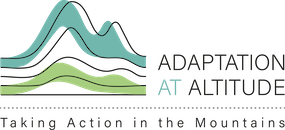
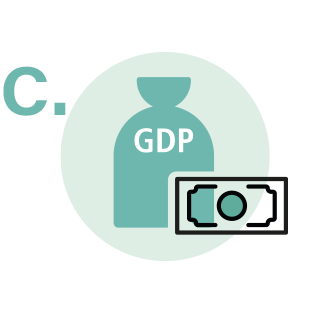
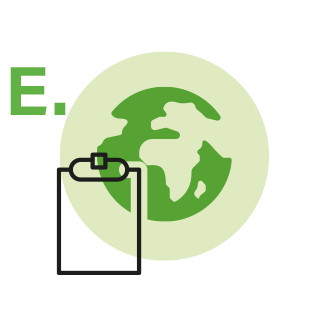

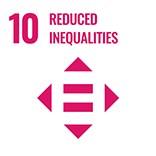








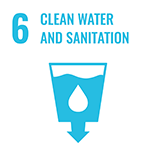


Comments
There is no content